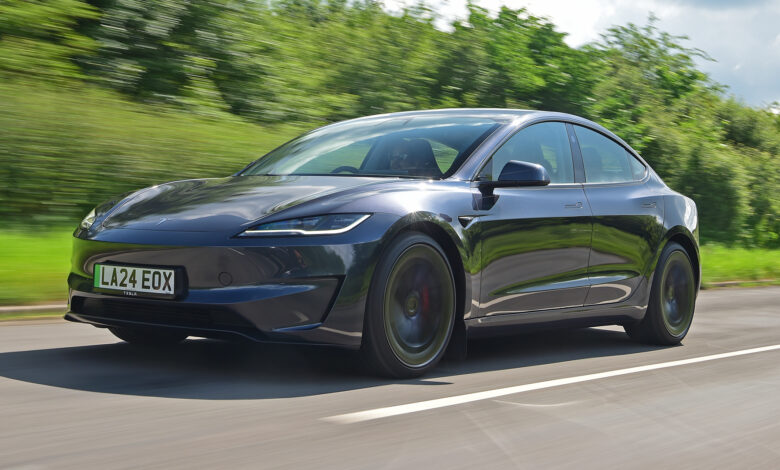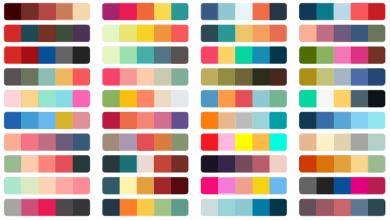Minimalist Car Design: Less Is More in the Next Generation of EVs

The EV revolution hasn’t only transformed how we drive — it’s redefined how we design. With the world shifting towards sustainable innovation, clean-sheet car design is now the brand language of modern mobility. More than sharply cut lines and whisper-silence engines, the future of EVs is a design philosophy founded on simplicity, on performance, and on emotional balance — where each surface, each curve, and every space has a purpose.
Redefining Automotive Aesthetics in a Minimalist Way
In the past, automotive aesthetics were all about power and complexity — big grilles to increasingly feature-loaded dashboards. Now, the design language of the EVs is gravitating towards clean geometries, symmetry, and spatial harmony, as dictated by minimalist architecture paradigms.
Designers are removing excess to emphasize proportion, texture, and flow. The absence of combustion hardware allows electric cars design freedom — flat floors, open cabins, and uninterrupted body panels. That yields a look which is not only stunning but functionally aerodynamic, achieving energy efficiency without compromise to aesthetics.
Tesla Model 3, Polestar 2, and Lucid Air are perfect examples of this transition: daring but conservative, futuristic yet timeless.

Interior Design: From Cockpit to Calm Space
Inside the cabin, modern EV interiors are guided by minimalist and Scandinavian design philosophy — simplicity with comfort, using natural textures. In place of cluttered instrument panels, designers opt for floating touchscreens, hidden vents, and uninterrupted horizontal lines that contribute to space creation.
This stylistic ethic reshapes driving as a sensual, rather than mechanical, experience. Calming ambient lighting, muted color palettes, and sustainable materials such as bamboo fiber, recycled materials, and vegan leather add sophistication as well as standards.
Every detail — from seat upholstery to dashboard contours — is carefully crafted to inspire relaxation and focus, the same methods used by modern residential or interior design.

Sustainability as a First Principle of Design
Sustainability and minimalism are no longer fads — they’re the foundation of car design now. In EV, less is more: there are fewer components, which means less material, and cleaner surfaces mean less energy consumed.
Leading producers employ today sustainable materials, in-plant green power, and modular manufacturing systems that extend the vehicle’s lifespan. All of this synergistic strategy is consistent with global architectural and industrial design moving towards green aesthetics — where technology, ethics, and design meet.

Minimalist Mobility’s Emotional Power
Other than functionality, minimalist aesthetics are also emotionally evocative. When in an era that’s all data and visual noise more than ever, austere and unobtrusive design gives rise to mental lucidity and emotional equanimity.
A simple EV on the road is transportation redeemed as an art form — it is meditative living in motion. The interior is now a haven: quiet, focused, and humanly proportioned. This is not design to be seen, but to function.
With electric cars being the byword for innovation, minimalist car design is the language of tomorrow’s looks and emotions. Tomorrow’s EVs will not just be more brain-slanted or faster — they will be more lovely, having achieved a balance between technology, ecologism, and serenity.
In design, “less is more” is no longer a minimalist creed — it’s the design ethos on how we travel, live, and discover the beauty of simplicity in motion.




